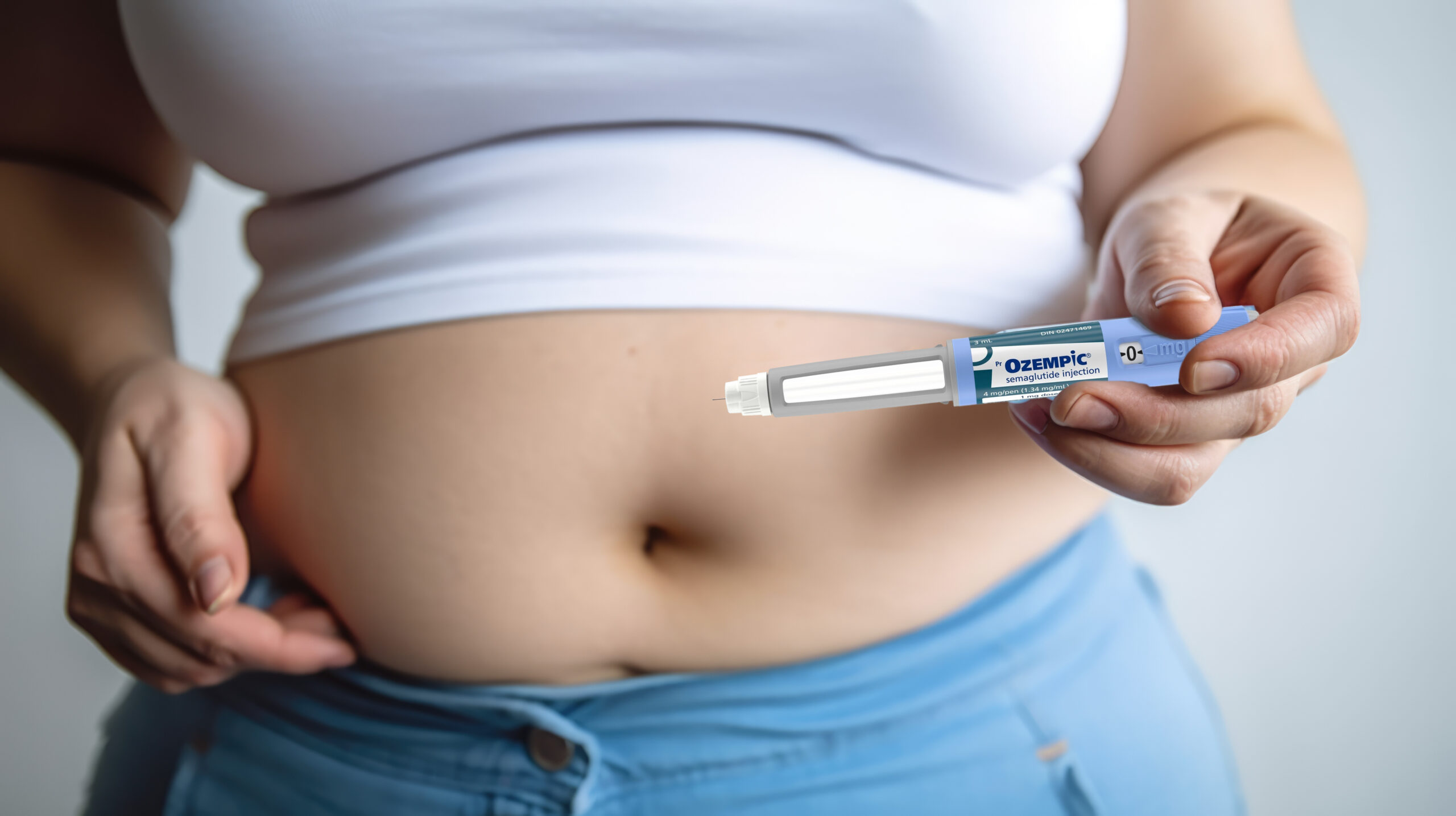Dating to 1944, research determined that Greenland Eskimos, who despite a diet high in fat, had a lower incidence of coronary heart disease (CHD) – specifically due to the type of fat found in their diet, which was high in fish (seal & whale), despite a low in consumption of fruits and vegetables. It was determined that the coronary heart disease risk reduction in the Eskimos was due, in part, to a high intake of omega-3 polyunsaturated fatty acids in their fish selections, that confer benefits of a reduction in high-risk triglycerides (TG), anti-inflammatory and anti—arrhythmic effects, vasodilation, reduced blood pressure, improved arterial and endothelial function, favorable autonomic tone, and reduced platelet aggregation.
According to An Update on Omega-3 Polyunsaturated Fatty Acids and Cardiovascular Health, which appeared in the January 2021 online, peer-reviewed journal Nutritients, “TG levels are a historically well-studied, independent risk factor for CHD. Ω-3 (omega-3) or fish oil diet supplementation is evidenced to lower TG levels in a dose-dependent fashion, whereby 3–4 g/day of eicosapentaenoic acid (EPA), or a combined EPA and docosahexaenoic acid (DHA) reduces blood levels by 20–50% in those with high TG’s.”
A key contributor to this study, Dr. Carl J. Lavie, MD, Department of Cardiovascular Diseases, John Ochsner Heart and Vascular Institute, Ochsner Clinic School, The University of Queensland School of Medicine in New Orleans and his study colleagues note prior controversies over the purported omega-3 benefits taken from popular media, “which wrongly suggested that Ω-3 ingestion, including that from fish, increased prostate cancer risk, with many commentaries thereafter advising against the use of supplemental fish oil.”
On the contrary, the study investigators comment that, “habitual high intake of fish and seafood in men, who have prostate cancer, however, has been linked to significantly improved survival. Accordingly, Japanese men, who consume approximately 8 times more fish than their American counterparts, have a rate of prostate cancer mortality many-fold lower.”
It was further noted by the investigators that in 2018, three large trials added to the omega-3 controversy.
The ASCEND trial determined that there was no reduction in cardiovascular disease (CVD) risk, when 1 gram per day of EPA plus DHA was used for primary prevention in patients with diabetes. “There was no significantly lowered incidence of serious vascular events in 15,480 patients after mean 7.4 years of follow up.”
However, comment the study authors, “there was a statistically significant 18% relative risk reduction in vascular death, defined as death from CHD, stroke or other vascular causes, which seems to be a meaningful endpoint that was not emphasized in this paper.”
In the VITAL trial, which administered 2000 IU/day vitamin D3 and 1 gram/day Ω-3 (EPA + DHA) for primary prevention of CVD and cancer in 25,871 patients, there was no difference between the intervention and placebo groups at a median of 5.3 years.
Yet, “this trial, similar to ASCEND, also found a statistically significant reduction in total MI (myocardial infarction),” according to the omega-3 research review.
The REDUCE-IT trial administered four grams per day of a highly purified form of EPA to 8179 patients with established CVD or diabetes receiving statin therapy with TG levels of 135–499 milligrams per deciliters (mg/dl) and low-density lipoprotein levels of 41–100 mg/dl.
It was found, “the primary endpoint (composite of CVD death, non-fatal MI, non-fatal stroke, CV revascularization or unstable angina) was reduced by 25% in the treatment group.”
The researchers suggest that the omega-3index, a blood test, is an objective measurement of endogenous (internal) omega-3 levels – specifically for EPA and DHA status. It, “can be used to evaluate baseline omega-3 status, response to omega-3 therapy, as a clinical target for CV health.”
It was concluded by the research team that, “several decades and countless dollars have been spent studying the relationship between Ω-3 and CVD without reaching a consensus among clinicians. There is, however, clear evidence from multiple studies that higher doses of Ω-3 (2–4 g/day of EPA + DHA) appear to be safe and to reduce CVD events in multiple CVD populations, which warrants further study to conclusively determine the potential benefits of this safe, inexpensive, and well-tolerated therapy.”
Interested in reading more? Check out The Benefits of Fish Oil.






